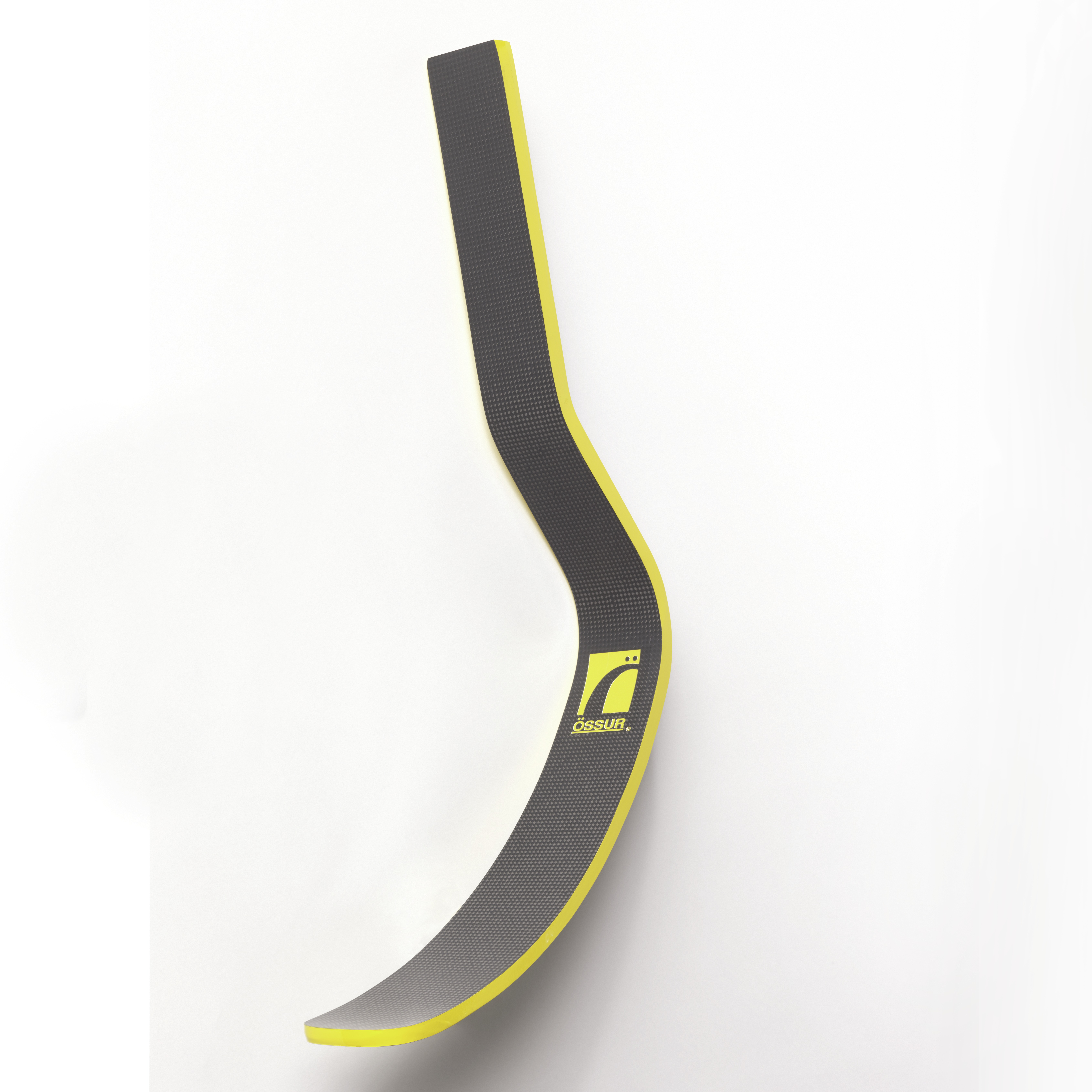This 3D-printed artificial limb prototype represents the use of innovative digital manufacturing technology to meet the enduring need for prosthetics, which has been experienced by individuals around the world and at all economic levels. This technology requires no medical specialists, only access to a tablet-based application and an easy-to-use scanner. This is of particular relevance to the...
In celebration of the museum’s inaugural Cooper Hewitt Lab: Design Access taking place in the Barbara and Morton Mandel Design Gallery through February 16, we are highlighting innovative accessible design from the permanent collection. The Flex-Foot Cheetah incorporates untraditional materials to solve a design problem that had vexed the medical field for years: finding a...
The Flex-Foot Cheetah incorporates untraditional materials to solve a design problem that had vexed the medical field for years: finding a prosthetic solution that allows the user to live a normal, active lifestyle. Van Phillips lost his leg below the knee at the age of 21. Unsatisfied with the prosthetics then available to him, he...
Why? The U.S. Defense Advanced Research Projects Agency (DARPA) sponsored research for this configurable bionic-arm prototype, which mimics the speed and dexterity of a natural limb. Neural-integration strategies are being tested to control the arm and restore sensory feedback, from injectable myoelectric sensors that transmit signals instructing movement to muscle reinnervation, allowing for thought-controlled prostheses.



